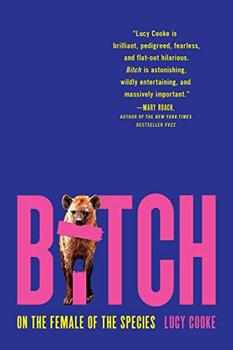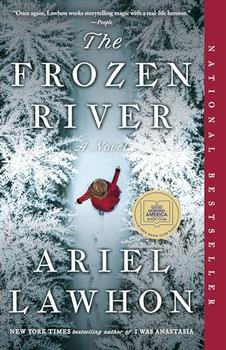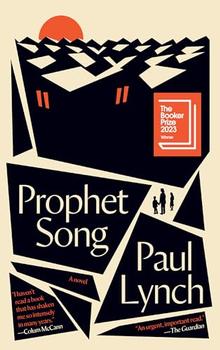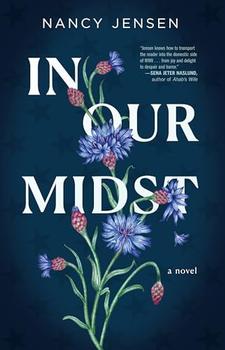Summary | Excerpt | Reviews | Beyond the Book | Readalikes | Genres & Themes | Author Bio

On the Female of the Species
by Lucy Cooke
The mole sow's gonads are described as 'ovotestes'. These internal reproductive organs consist of ovarian tissue at one end and testicular tissue at the other. The ovary side produces eggs and expands during the short breeding season. But, once the job of reproduction is done, this egg-making tissue shrinks and the testicular tissue expands until it is actually larger than the ovarian.
The female mole's testicular tissue is full of Leydig cells that make testosterone, but not sperm. This sex steroid hormone is commonly associated with males: beefing up muscles and fuelling aggression. It does both in the female mole, giving her the evolutionary edge underground: extra digging power and added hostility for defending her pups and worm larder.
It also gives her genitalia that are indistinguishable from the male's: an enlarged clitoris variously described as a 'phallus' or 'penile clitoris' and a vagina that seals up outside of breeding.
The female mole forces us to confront age-old assumptions about what distinguishes the sexes. For the majority of the year, on a genital, gonadal and hormonal level, the mole sow could easily be mistaken for a boar. So, how do we know she's a female?
This is a book about non-human animals, so it is important to begin by separating sex and gender. Most biologists agree that animals don't have gender. This social, psychological and cultural construct is considered the preserve of humans. When biologists talk about females they are referring only to their sex, but what does that mean?
In the beginning, reproduction was simple. The earliest life forms simply split, fused, budded bits off or cloned themselves in order to multiply. Then along came sex, which complicated matters somewhat. Now individuals needed to combine sex cells – gametes – in order to proliferate. Across the animal kingdom these come in just two sizes: big and small. This basic gametal dichotomy provides the standard biological definition of sex: females produce large, nutrient-rich eggs and males make small mobile sperm.
So far, so binary. Or is it?
Well, no. Sex is a complicated business. As you will discover in this first chapter, the ancient network of genes and sex hormones that interact to determine and differentiate the sexes have the ability to create a mixture of gametes, gonads, genitals, bodies and behaviour that disregards binary expectations. All of which makes marshalling sex into two neat deterministic buckets far from straightforward.
Starting at the most superficial level, many would consider genitals an easy indicator of sex. But the female mole's 'phallus' blows that notion clean out of the water. She's no freak. Dozens of female animals from tiny cave-dwelling barklice1 to giant African elephants, sport ambiguous sexual anatomy that's commonly described in phallic terms.
The first time I saw a female spider monkey in the Amazon I assumed it was a male because of its dangling sexual appendage, the ostentatious size of which seemed to me frankly hazardous as it cavorted about the canopy. The primatologists I was with politely corrected me. Male spider monkeys are the sex with no apparent penis, since they keep theirs tucked away inside. Females on the other hand have a very obvious pendulous clitoris, known in biological circles as a 'pseudo-penis'. Such androcentric terminology grates somewhat, especially when you consider that the female spider monkey's 'fake' phallus is in fact longer than the male's 'real' phallus.
The strangest example is perhaps the fossa. Madagascar's greatest predator is the largest member of the mongoose family and looks a bit like a puma with a shrunken head. Its scientific name, Cryptoprocta ferox, translates as 'ferocious, hidden anus'. That taxonomists chose to highlight the fossa's anus as cryptic is somewhat unconventional, when it's the rest of her privates that are so mysterious.
Excerpted from Bitch by Lucy Cooke. Copyright © 2022 by Lucy Cooke. Excerpted by permission of Basic Books. All rights reserved. No part of this excerpt may be reproduced or reprinted without permission in writing from the publisher.






Experience is not what happens to you; it's what you do with what happens to you
Click Here to find out who said this, as well as discovering other famous literary quotes!
Your guide toexceptional books
BookBrowse seeks out and recommends the best in contemporary fiction and nonfiction—books that not only engage and entertain but also deepen our understanding of ourselves and the world around us.